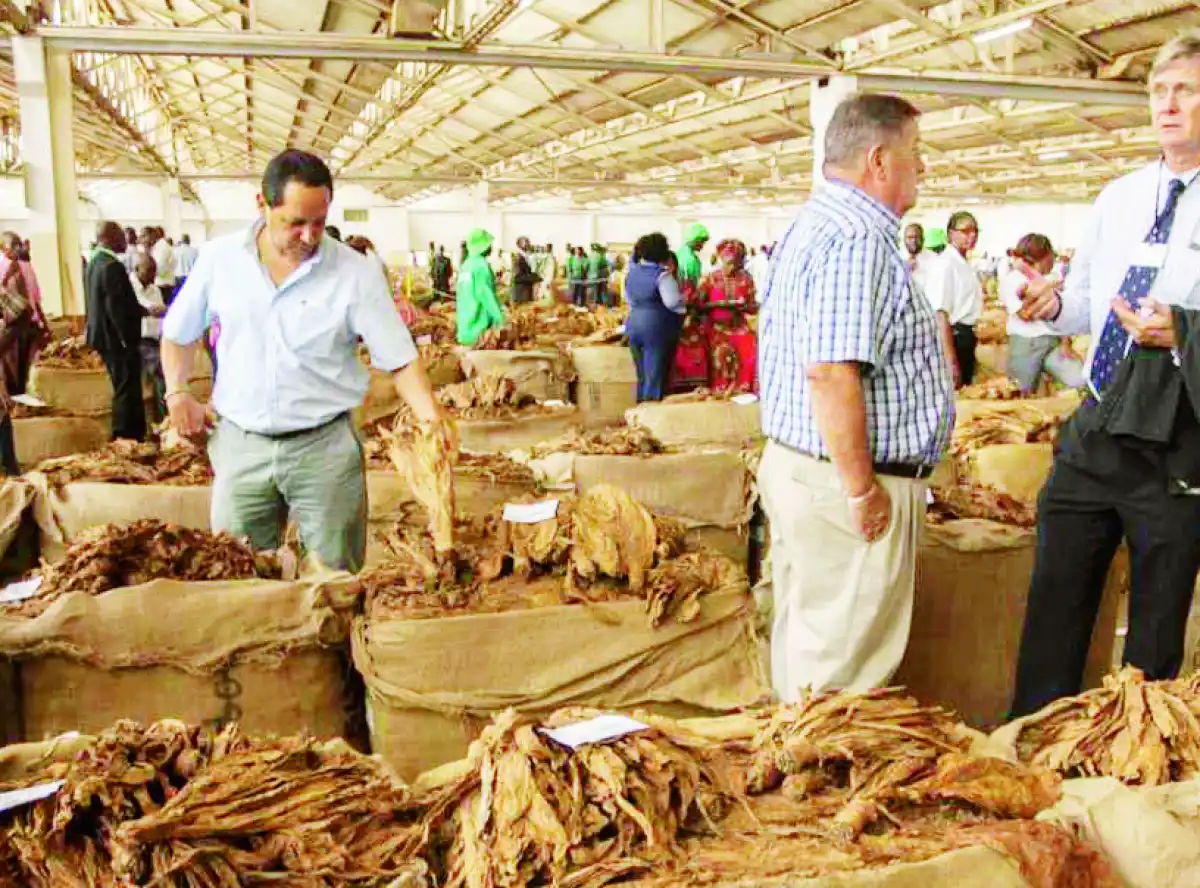
The area west of Chileka Road, extending from Mwa iwathu Pr i v a te Hospital to the fence marking the boundary between the mission and G4 Security Company is home to many significant i n s t i t u t i o n s . These include Blantyre Synod Head Office, the historic St. Michael & All Angels Church, Henry Henderson Institute (HHI) Primary School, Phoenix nursery and primary schools, Blantyre Synod Health and Development Centre and a few more.
Until recently, HHI Secondary School was also an institution located at the mission grounds. It has since relocated to what used to be Kaphuka Private School near Lunzu. Its shifting coincided with the establishment of the University of Blantyre Synod which occupies the building that used to house Hetherwick Press as well as those that were used by HHI Secondary School.
Though widely referred to as HHI, the more accurate name for this area is Blantyre Mission. Named after the birthplace of the Scottish explorer David Livingstone, Blantyre Mission was established in 1876 by Henry Henderson, a Scottish missionary who was led to the area by a local aide called Tom Bokwito. The two had been part of the team of missionaries that had settled at Cape Maclear in 1875. The school that was established at Blantyre Mission was, naturally named Henry Henderson Institute, after the founder of the mission.
After some time, the commercial town that developed close to the mission grew and merged with another town called Limbe, some 10 kilometres to the east, the resultant metropolis eventually attaining city status as City of Blantyre.
Perhaps the best known facility at the Blantyre Mission is the cemetery, which continually receives visitors from all walks of life, to bury their loved ones. Many people mistakenly refer to it as the HHI Cemetery, adding to the common confusion about the area’s name.
Even the historic church that stands on Blantyre Mission grounds is mistakenly called HHI Church. The church in question is St. Michael and All Angels Church, a historic structure built by the Rev. David Clement Scott between 1888 and 1891, long before HHI was established.
In the recent past, the congregation at St. Michael and All Angels Church constructed a 3 000-seat edifice known as the Multipurpose Church Hall. This versatile facility hosts a wide range of events, from examination and wedding receptions to musical concerts – and everything else in between, so long as it does not deviate from Christian morals. It is, however, not uncommon to hear radio and television adverts stating that some function will take place at the HHI Multipurpose Hall. This is incorrect! St. Michael and All Angels Multipurpose Church Hall may be a mouthful, but it is the correct name.
Another place that often suffers from the wrong nomenclature is the area around the Catholic Institute south of the Blantyre Business District. Commonly referred to as CI (Catholic Institute). This name actually belongs to a primary school located west of Chikwawa Road. The nearby church is correctly called St. Montfort Parish, yet many people inaccurately call it CI Church. This confusion in naming is similar to the persistent misnaming of facilities at Blantyre Mission.
This naming confusion appears to be common among facilities located in close proximity to educational institutions. The Malawi Institute of Management (MIM) is no exception. Adjacent to MIM premises is a hospital established and run by Koreans, officially called Dae Yang Luke Hospital, another mouthful of a name. A significant number of people chose to call it by a shorter, yet incorrect, name: MIM Hospital. It remains to be seen if the hospital’s name will change to Malawi School of Government Hospital now, that the training institution has changed to that name.
We also need to learn to pronounce place names correctly, particularly so those presenting programs on radio or television. It is important to spend time learning the proper pronunciation of certain names. For example, names like Plymouth or Leicester do not have straightforward pronunciations. The “ce” in Leicester is silent, so it is pronounced “Lester”. However, many Malawian sports reporters incorrectly pronounce it as “Lei-se-ster”, or at least used to.
A colleague of mine once went to study in Liecester. Upon arriving in London, he was instructed to go to Euston Station to catch a train to Leicester. At Euston, he asked a station attendant for directions to the platform where a train to Lei-se-ster could be caught from. The attendant looked puzzled and asked, “To where?” My colleague repeated, ”To Lei-se-ster”. After thinking for a moment, the attendant exlaimed, “Not in Britain!”
Let us search within our vocabulary for words that are used for places and check if we are using the right words








0 Comments